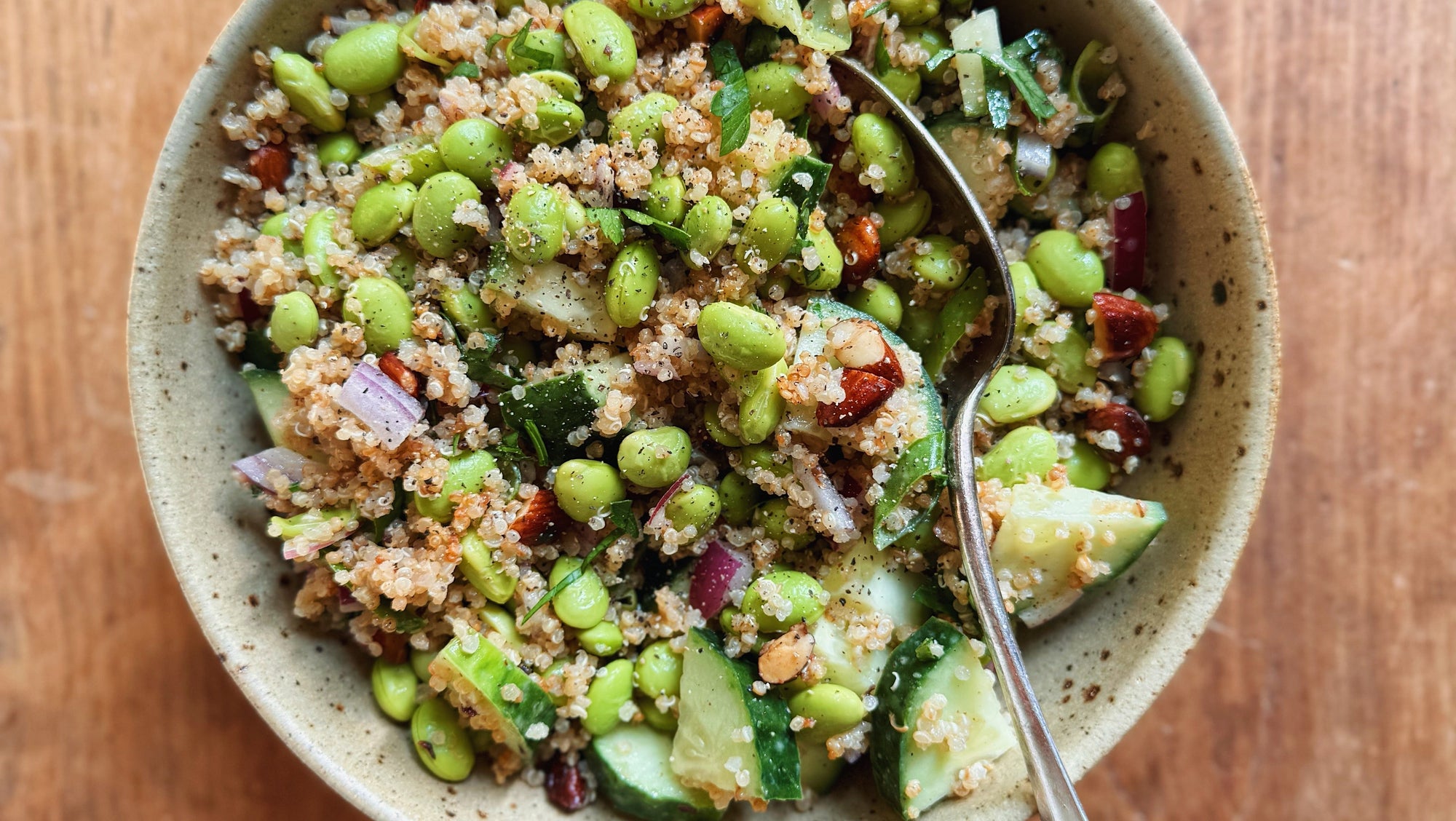We love adding inclusions to our Basic Sourdough Boule to mix things up and add interest to a classic loaf. Some examples of inclusions are dried fruit, olives, seeds, nuts, cheese, and herbs.
A good rule to follow is to use Baker's Percentages when calculating how much of the chosen inclusion to add to your loaf. We like to start with 20% and increase or decrease if necessary.
An example of this would be an olive loaf. The amount of flour in the Basic Sourdough Boule recipe is 1000 grams so you would, therefore, add 200 grams of olives to your dough (1000 grams x 20% = 200 grams).
Now that you have calculated the weight of the inclusions you are adding to the loaf you are ready to begin mixing.
We recommend adding the inclusions when you perform the third fold. This is for two main reasons. First of all, waiting until the third fold gives the dough times to develop its gluten strength without being hindered by the inclusions. Some inclusions will tear at the gluten strands, which can weaken them. Second, adding them any later will deflate the dough too much and there won't be enough time after for it to bounce back.
The process for mixing your dough and adding inclusions should be as follows:
1. Combine flour, water, and sourdough starter and mix until combined. Let sit for 30 minutes.
2. Add salt and a small amount of water and mix until incorporated. Perform first fold and let sit for 30 minutes.
3. Perform second fold and let sit for 30 minutes.
4. Before you perform the third fold add the inclusions and squeeze into the dough the same way you added the salt. Do not worry if they are not very evenly distributed as the next folds will mix them in even further. Perform the third fold and let sit for 30 minutes.
5. Continue on with folds and rests and shape as you would the Basic Sourdough Boule. Baking is the same but note that you may need to increase the length of time if you have inclusions that contain a lot of moisture. Checking the internal temperature is recommended if you are unsure. The temperature should be between 190°F and 200°F.
Note: if you are adding an ingredient that has a lot of moisture in it, it is a good idea to lower the amount of water in your dough itself. This will ensure that your loaf is not flat. Olives are a good example of ingredients with high amounts of moisture.
Find the rest of our sourdough baking resources here.



Comments
Hi Jane! We’d love to develop that recipe one day, sounds delicious!
Please can you help me with making a apricot and fennel sourdough loaf?
Hi Debbie, I suggest starting with a 2% reduction in hydration. Let us know how it goes!
When adding olives you mentioned that I should lower the hydration, how much? If my dough has 70% hydration and I’m adding olives, what would I change the percentage to and how would I calculate that?
Hi. Just made a cranberry, walnut loaf. I was told to soak the cranberries and drain well before adding. To add in a lamination.
I did this. The inclusions are bursting through the bread dough.
I’ve shared it and put it in a baniton to CR. What can I do different next time. Quarter size holes with fruit and nuts bushing out.
Hi Coral – my absolute FAVOURITE thing to do is to roast the garlic and then incorporate it into the dough. The flavour is amazing! You can add finely diced garlic but the flavour will be more intense and more of a raw garlic flavour. As a garlic lover myself I usually do one head of garlic for our sourdough recipe which yields two loaves.
Good afternoon.
I am fairly new to this sourdough journey, and have only made basic boules so far. I am wanting to make a garlic rosemary boule, and was curious if I should use fresh or dried minced garlic? I will use fresh rosemary. Thanks for any input you may have.
Hi Lizzie! We suggest reducing your hydration by 2%-5% to accommodate wet additions. Please note that we have not done any tests with a bread maker. We recommend posting on our Flourist Bakers Club on Facebook as many of our bakers use bread makers!
Thanks for this.
I am using a bread maker and want to add onions to my sourdough. As they’re very wet and I can’t adjust the cooking time, do I need to cut down the water or make any other adjustments? Of so, what reductions would you suggest?
Thanks 😊
Hi! You do not have to adjust any of the other ingredients of the recipe in order to add the inclusions. Simply take 20% of the flour weight and add that amount in inclusions.